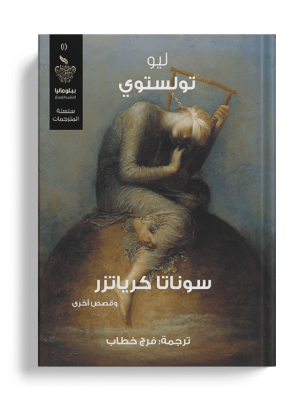الوصف
“I cannot make speeches, Emma,” he soon resumed; and in a tone of such sincere, decided, intelligible tenderness as was tolerably convincing. “If I loved you less, I might be able to talk about it more. But you know what I am. You hear nothing but truth from me. I have blamed you, and lectured you, and you have borne it as no other woman in England would have borne it. Bear with the truths I would tell you now, dearest Emma, as well as you have borne with them. The manner, perhaps, may have as little to recommend them. God knows, I have been a very indifferent lover. But you understand me. Yes, you see, you understand my feelings and will return them if you can. At present, I ask only to hear, once to hear your voice.”
-

Jane Austen, (born December 16, 1775, Steventon, Hampshire, England—died July 18, 1817, Winchester, Hampshire), English writer who first gave the novel its distinctly modern character through her treatment of ordinary people in everyday life. She published four novels during her lifetime: Sense and Sensibility (1811), Pride and Prejudice (1813), Mansfield Park (1814), and Emma (1815). In these and in Persuasion and Northanger Abbey (published together posthumously, 1817), she vividly depicted English middle-class life during the early 19th century. Her novels defined the era’s novel of manners, but they also became timeless classics that remained critical and popular successes for over two centuries after her death.
Life
Jane Austen was born in the Hampshire village of Steventon, where her father, the Reverend George Austen, was rector. She was the second daughter and seventh child in a family of eight—six boys and two girls. Her closest companion throughout her life was her elder sister, Cassandra; neither Jane nor Cassandra married. Their father was a scholar who encouraged the love of learning in his children. His wife, Cassandra (née Leigh), was a woman of ready wit, famed for her impromptu verses and stories. The great family amusement was acting.
Jane Austen’s lively and affectionate family circle provided a stimulating context for her writing. Moreover, her experience was carried far beyond Steventon rectory by an extensive network of relationships by blood and friendship. It was this world—of the minor landed gentry and the country clergy, in the village, the neighbourhood, and the country town, with occasional visits to Bath and to London—that she was to use in the settings, characters, and subject matter of her novels.
Her earliest known writings date from about 1787, and between then and 1793 she wrote a large body of material that has survived in three manuscript notebooks: Volume the First, Volume the Second, and Volume the Third. These contain plays, verses, short novels, and other prose and show Austen engaged in the parody of existing literary forms, notably the genres of the sentimental novel and sentimental comedy. Her passage to a more serious view of life from the exuberant high spirits and extravagances of her earliest writings is evident in Lady Susan, a short epistolary novel written about 1793–94 (and not published until 1871). This portrait of a woman bent on the exercise of her own powerful mind and personality to the point of social self-destruction is, in effect, a study of frustration and of woman’s fate in a society that has no use for her talents.
عرض جميع الكتب















المراجعات
لا توجد مراجعات بعد.